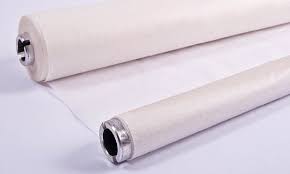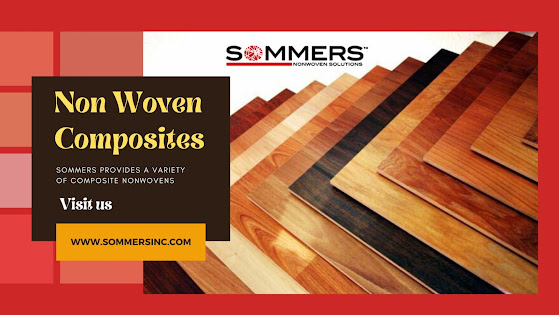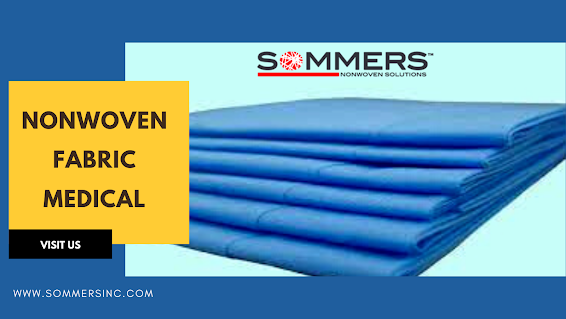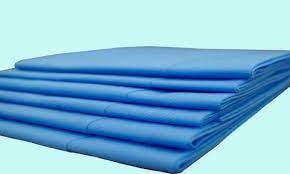Methods And Marketing Position Of Thermal Bonding Nonwoven: Unveiling The Fabric Of The Future

In the ever-evolving world of textiles, nonwoven fabrics have emerged as a versatile and innovative solution for various applications. Among the diverse nonwoven techniques, thermal bonding stands out as a highly efficient method that offers exceptional performance and opens up new possibilities in numerous industries. In this blog, we will explore the methods and marketing position of thermal bonding nonwoven , shedding light on its production process, advantages, and the array of sectors where it finds its niche. Understanding Thermal Bonding Nonwoven Thermal bonding is a nonwoven fabric manufacturing process that involves the application of heat to bond fibers together. During this process, synthetic or natural fibers are laid out in a web-like arrangement and subjected to controlled heat, which activates thermoplastic materials within the fibers. As a result, the fibers adhere to one another, forming a strong and cohesive fabric structure. The Production Process The production of t...


.png)
.png)

